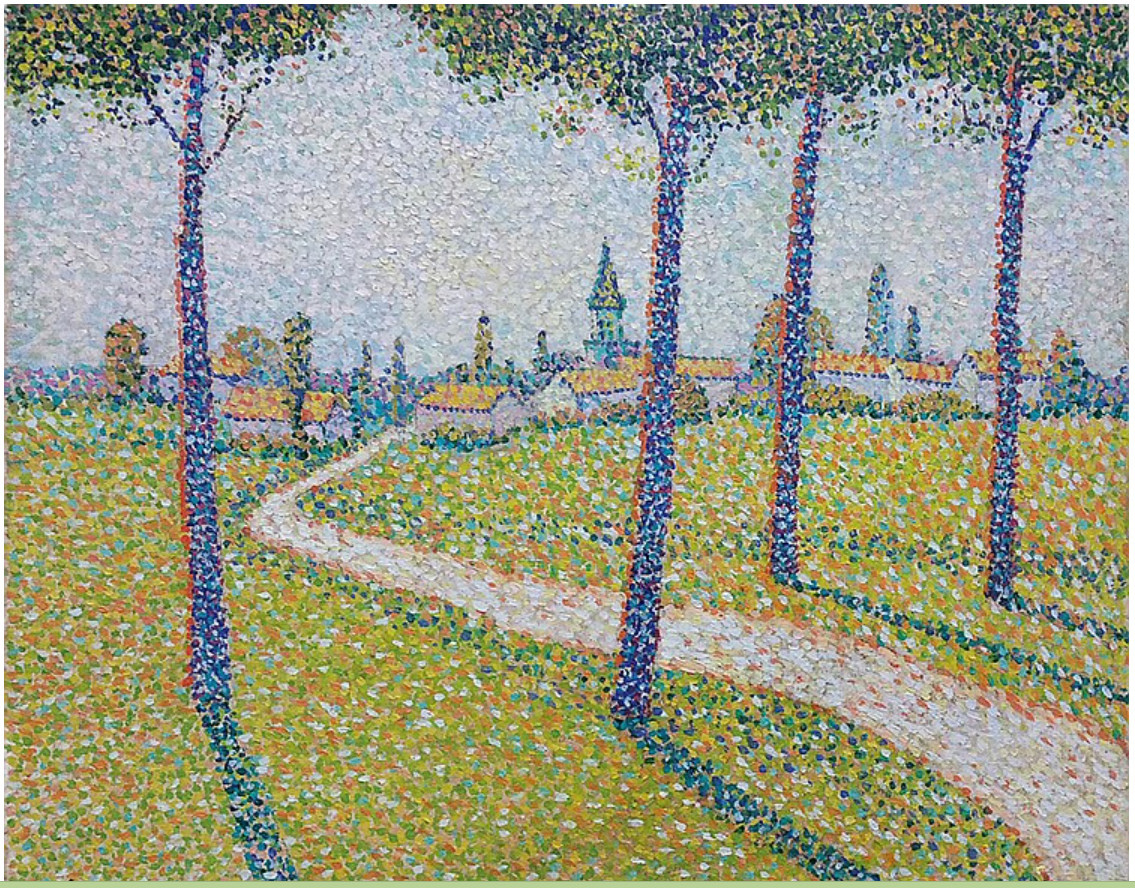Painters and trees have a lot in common. Both are light-catchers: the painter looks at the world around him and tries to capture it, while a tree catches the light in order to grow. Trees are also part of the world that many artists see and often depict. So, there is quite a lot of synergy at the Togo Memorial Sompo Japan Nipponkoa Museum of Art's latest exhibition — "Trees in French Landscape Paintings, 1850 to 1920."
Given its scope, there are two ways in which to approach the exhibition. You can either treat it as a potted history of the great transitional period of European painting — from academic art to more avant-garde styles — or you can view it as something more essentialist, as a reflection on the nature of the tree as an artistic object. Both ways work.
Stylistically, the exhibition moves from the Barbizon school of painters (Camille Corot, Theodore Rousseau, Claude-Francois Daubigny) to impressionists (Frederic Cordey, Camille Pissaro), and then beyond, to pointillists (Maximilien Luce, Leo Gausson), symbolists (Paul Serusier, Odilon Redon, Maurice Denis) and fauvists (Orthon Friesz, Henri Matisse).

















With your current subscription plan you can comment on stories. However, before writing your first comment, please create a display name in the Profile section of your subscriber account page.